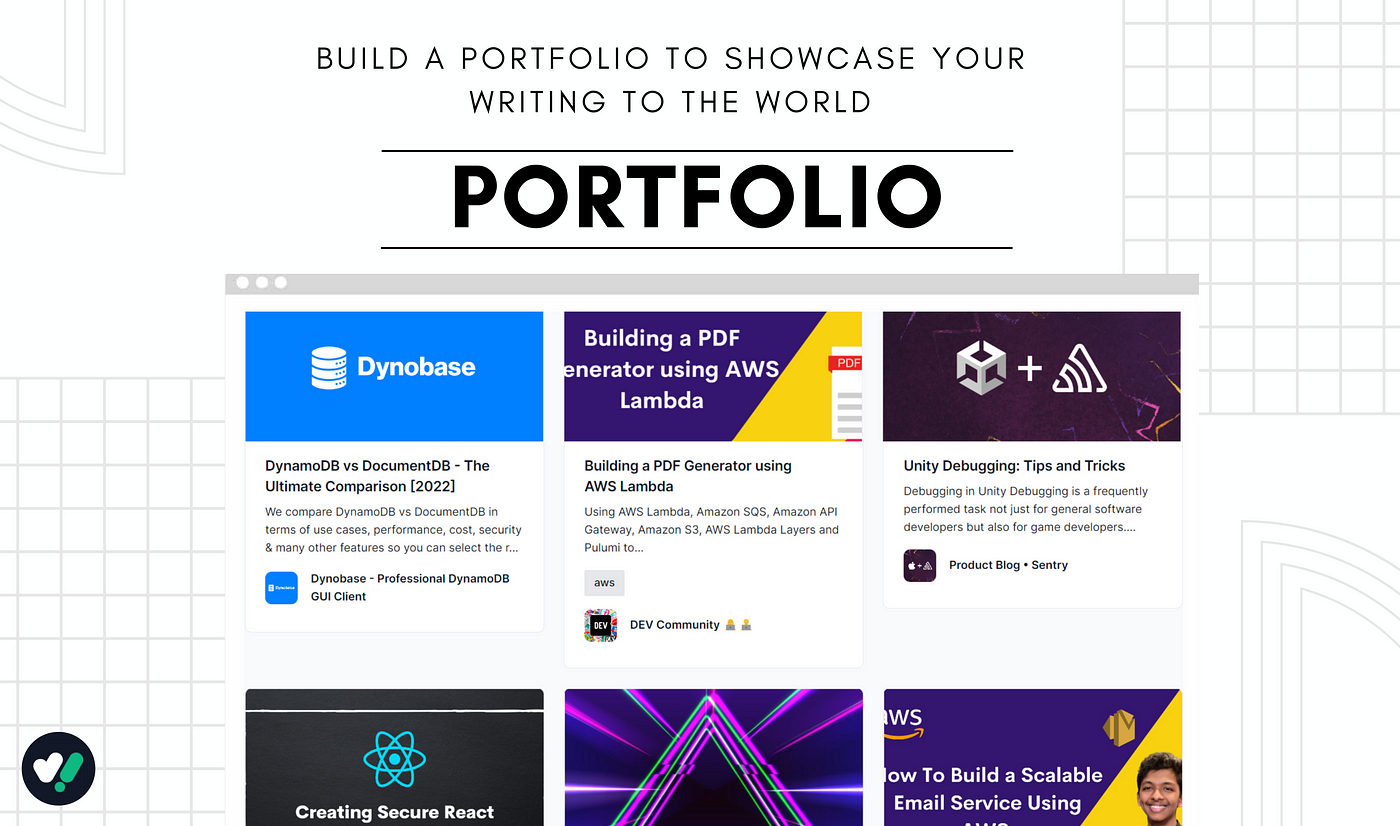Building Your Portfolio: Showcasing Your Work
Welcome to the exciting journey of portfolio building, where every image tells a story and every project is a stepping stone towards your creative vision. Whether you’re a photographer, designer, artist, or creative professional of any kind, your portfolio is your calling card – a visual representation of your skills, style, and expertise. In this blog post, we’ll explore the art of portfolio building and share tips for creating a compelling showcase of your work that will impress clients, employers, and collaborators alike.
At its core, portfolio building is about curating a collection of your best work to showcase your talents and capabilities. Your portfolio is more than just a random assortment of images – it’s a carefully curated selection that tells a cohesive story about who you are as a creative professional. Whether you’re just starting out or have years of experience under your belt, building a strong portfolio is essential for attracting clients, securing opportunities, and advancing your career.

Building Your Portfolio: Showcasing Your Work and Landing Your Dream Gig
Your portfolio is your professional calling card – a curated collection of your best work that speaks volumes about your skills, style, and creative vision. Whether you’re a graphic designer, photographer, web developer, or any other creative professional, a strong portfolio is essential for attracting clients and landing your dream job. But building a portfolio that truly shines can feel daunting. So, where do you begin?
The first step in portfolio building is selecting the right pieces to include. Choose work that represents your unique style, strengths, and interests, and that demonstrates your range and versatility as a creative professional. Whether you specialize in a specific niche or work across multiple genres, make sure your portfolio reflects the breadth and depth of your skills. Aim for quality over quantity – it’s better to showcase a few outstanding pieces than to overwhelm viewers with mediocre work.
Once you’ve chosen your best work, it’s time to organize and present it in a way that is visually appealing and easy to navigate. Consider the layout, design, and structure of your portfolio – choose a clean, minimalist design that puts the focus on your work and makes it easy for viewers to find what they’re looking for. Use categories, tags, and filters to organize your work into logical groupings, such as by genre, medium, or client.
When it comes to presenting your work, quality is key. Make sure your images are high-resolution, well-lit, and properly edited to showcase your skills and attention to detail. Pay attention to composition, color, and presentation – every detail matters when it comes to making a good impression. Consider including a variety of formats and mediums in your portfolio, such as images, videos, and interactive projects, to showcase your versatility and adaptability as a creative professional.
In addition to showcasing your finished work, consider including behind-the-scenes content that gives viewers insight into your creative process. This could include sketches, mood boards, process shots, or written descriptions that provide context and background for your projects. Sharing your process not only adds depth to your portfolio but also helps potential clients and collaborators understand your approach and methodology.
In today’s digital age, having an online portfolio is essential for reaching a wider audience and attracting potential clients and collaborators. Consider creating a professional website or using a portfolio platform such as Behance, Dribbble, or Adobe Portfolio to showcase your work online. Make sure your portfolio is mobile-friendly, search engine optimized, and easy to share on social media to maximize your visibility and reach.
Finally, don’t forget to keep your portfolio updated with your latest work and achievements. Regularly review and refresh your portfolio to ensure it accurately reflects your current skills, style, and interests. Remove outdated or irrelevant work and replace it with new projects that showcase your growth and development as a creative professional. By continually investing in your portfolio, you’ll ensure that it remains a powerful tool for showcasing your work and advancing your career in the years to come.